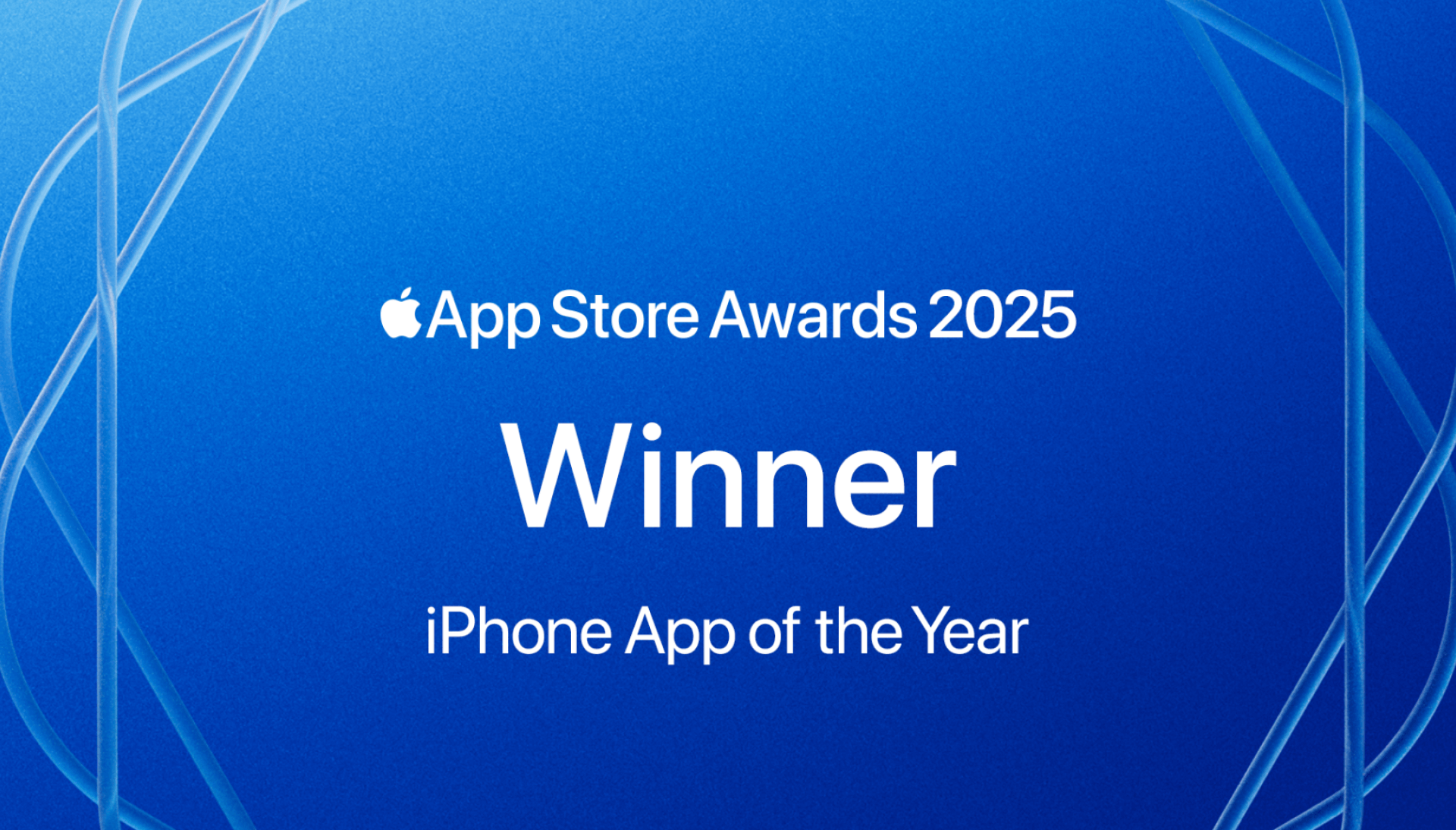Exercise and ADHD: How movement supports focus, mood, and executive function
Physical activity supports attention, behavior, and executive functioning in ADHD. Even short bursts can make a real difference in daily life.
Physical activity supports attention, behavior, and executive functioning in ADHD. Even short bursts can make a real difference in daily life.
Movement doesn’t just help the body, it helps the ADHD brain too. From boosting executive function to improving mood and impulse control, regular physical activity can play a key role in managing ADHD traits. This article explores the science behind movement and ADHD, and how even simple forms of exercise can support focus, cognitive performance, and emotional regulation.
ADHD is a difference in brain structure and chemistry. People with ADHD often experience challenges related to executive function—a set of mental skills that help us plan, focus, remember instructions, and juggle multiple tasks.
Some common challenges include:
Research shows that the ADHD brain has structural differences in the prefrontal cortex, the area responsible for decision-making, attention, and impulse control. Blood flow to this region is often lower in people with ADHD, affecting their ability to focus and regulate behavior.
But here’s the good news: physical activity increases blood flow to the brain, including the prefrontal cortex. This boost can improve functions like memory, attention, and emotional regulation, skills that are typically more difficult for ADHD’ers.
Studies with school-aged children show that even short bursts of exercise, like 10 minutes of movement in the classroom, can significantly increase on-task behavior. In one study, students who jogged for just a few minutes before class were more attentive and less disruptive throughout the day.
A 12-week running program even helped reduce hyperactivity and impulsivity in children with ADHD. Some participants were able to lower their medication dosage during the program, though symptoms returned once the program stopped.
Physical activity isn’t a cure for ADHD. But it can be an effective supplement to other supports like coaching, therapy, or medication. Movement may help:
Exercise also empowers people with ADHD to feel more in control of their day, especially when combined with planning tools that create structure.
From improved focus to better emotional regulation, physical activity offers clear benefits for people with ADHD. Whether it’s dancing in your room, walking around the block, or joining a local sports team, movement counts. Start small and make it enjoyable, the brain benefits will follow.
Gapin, J. I., Labban, J. D., & Etnier, J. L. (2011). The effects of physical activity on attention deficit hyperactivity disorder symptoms: The evidence. Preventive Medicine, 52(Suppl), S70–S74.
Bush, G., Valera, E. M., & Seidman, L. J. (2005). Functional neuroimaging of attention-deficit/hyperactivity disorder: A review and suggested future directions. Biological Psychiatry, 57(11), 1273–1284.
The Understood Team. (n.d.). 3 areas of executive function. Retrieved from https://www.understood.org/en/learning-attention-issues/child-learning-disabilities/executive-functioning-issues/3-areas-of-executive-function
Mahar, M. T., Murphy, S. K., Rowe, D. A., Golden, J., Shields, A. T., & Raedeke, T. D. (2006). Effects of a classroom-based program on physical activity and on-task behavior. Medicine & Science in Sports & Exercise, 38(12), 2086–2094.
Shipman, W. (1997). Emotional and behavioral effects of long-distance running on children. In Running As Therapy: An Integrated Approach (pp. 125–137). New York, NY: Jason Aronson.
Physical activity supports attention, behavior, and executive functioning in ADHD. Even short bursts can make a real difference in daily life.
Movement doesn’t just help the body, it helps the ADHD brain too. From boosting executive function to improving mood and impulse control, regular physical activity can play a key role in managing ADHD traits. This article explores the science behind movement and ADHD, and how even simple forms of exercise can support focus, cognitive performance, and emotional regulation.
ADHD is a difference in brain structure and chemistry. People with ADHD often experience challenges related to executive function—a set of mental skills that help us plan, focus, remember instructions, and juggle multiple tasks.
Some common challenges include:
Research shows that the ADHD brain has structural differences in the prefrontal cortex, the area responsible for decision-making, attention, and impulse control. Blood flow to this region is often lower in people with ADHD, affecting their ability to focus and regulate behavior.
But here’s the good news: physical activity increases blood flow to the brain, including the prefrontal cortex. This boost can improve functions like memory, attention, and emotional regulation, skills that are typically more difficult for ADHD’ers.
Studies with school-aged children show that even short bursts of exercise, like 10 minutes of movement in the classroom, can significantly increase on-task behavior. In one study, students who jogged for just a few minutes before class were more attentive and less disruptive throughout the day.
A 12-week running program even helped reduce hyperactivity and impulsivity in children with ADHD. Some participants were able to lower their medication dosage during the program, though symptoms returned once the program stopped.
Physical activity isn’t a cure for ADHD. But it can be an effective supplement to other supports like coaching, therapy, or medication. Movement may help:
Exercise also empowers people with ADHD to feel more in control of their day, especially when combined with planning tools that create structure.
From improved focus to better emotional regulation, physical activity offers clear benefits for people with ADHD. Whether it’s dancing in your room, walking around the block, or joining a local sports team, movement counts. Start small and make it enjoyable, the brain benefits will follow.
Gapin, J. I., Labban, J. D., & Etnier, J. L. (2011). The effects of physical activity on attention deficit hyperactivity disorder symptoms: The evidence. Preventive Medicine, 52(Suppl), S70–S74.
Bush, G., Valera, E. M., & Seidman, L. J. (2005). Functional neuroimaging of attention-deficit/hyperactivity disorder: A review and suggested future directions. Biological Psychiatry, 57(11), 1273–1284.
The Understood Team. (n.d.). 3 areas of executive function. Retrieved from https://www.understood.org/en/learning-attention-issues/child-learning-disabilities/executive-functioning-issues/3-areas-of-executive-function
Mahar, M. T., Murphy, S. K., Rowe, D. A., Golden, J., Shields, A. T., & Raedeke, T. D. (2006). Effects of a classroom-based program on physical activity and on-task behavior. Medicine & Science in Sports & Exercise, 38(12), 2086–2094.
Shipman, W. (1997). Emotional and behavioral effects of long-distance running on children. In Running As Therapy: An Integrated Approach (pp. 125–137). New York, NY: Jason Aronson.
Physical activity supports attention, behavior, and executive functioning in ADHD. Even short bursts can make a real difference in daily life.
Movement doesn’t just help the body, it helps the ADHD brain too. From boosting executive function to improving mood and impulse control, regular physical activity can play a key role in managing ADHD traits. This article explores the science behind movement and ADHD, and how even simple forms of exercise can support focus, cognitive performance, and emotional regulation.
ADHD is a difference in brain structure and chemistry. People with ADHD often experience challenges related to executive function—a set of mental skills that help us plan, focus, remember instructions, and juggle multiple tasks.
Some common challenges include:
Research shows that the ADHD brain has structural differences in the prefrontal cortex, the area responsible for decision-making, attention, and impulse control. Blood flow to this region is often lower in people with ADHD, affecting their ability to focus and regulate behavior.
But here’s the good news: physical activity increases blood flow to the brain, including the prefrontal cortex. This boost can improve functions like memory, attention, and emotional regulation, skills that are typically more difficult for ADHD’ers.
Studies with school-aged children show that even short bursts of exercise, like 10 minutes of movement in the classroom, can significantly increase on-task behavior. In one study, students who jogged for just a few minutes before class were more attentive and less disruptive throughout the day.
A 12-week running program even helped reduce hyperactivity and impulsivity in children with ADHD. Some participants were able to lower their medication dosage during the program, though symptoms returned once the program stopped.
Physical activity isn’t a cure for ADHD. But it can be an effective supplement to other supports like coaching, therapy, or medication. Movement may help:
Exercise also empowers people with ADHD to feel more in control of their day, especially when combined with planning tools that create structure.
From improved focus to better emotional regulation, physical activity offers clear benefits for people with ADHD. Whether it’s dancing in your room, walking around the block, or joining a local sports team, movement counts. Start small and make it enjoyable, the brain benefits will follow.
Gapin, J. I., Labban, J. D., & Etnier, J. L. (2011). The effects of physical activity on attention deficit hyperactivity disorder symptoms: The evidence. Preventive Medicine, 52(Suppl), S70–S74.
Bush, G., Valera, E. M., & Seidman, L. J. (2005). Functional neuroimaging of attention-deficit/hyperactivity disorder: A review and suggested future directions. Biological Psychiatry, 57(11), 1273–1284.
The Understood Team. (n.d.). 3 areas of executive function. Retrieved from https://www.understood.org/en/learning-attention-issues/child-learning-disabilities/executive-functioning-issues/3-areas-of-executive-function
Mahar, M. T., Murphy, S. K., Rowe, D. A., Golden, J., Shields, A. T., & Raedeke, T. D. (2006). Effects of a classroom-based program on physical activity and on-task behavior. Medicine & Science in Sports & Exercise, 38(12), 2086–2094.
Shipman, W. (1997). Emotional and behavioral effects of long-distance running on children. In Running As Therapy: An Integrated Approach (pp. 125–137). New York, NY: Jason Aronson.
When you're ready, try Tiimo and make structure a little easier.


Sometimes you don't have the time or energy to learn new strategies to succeed. That's why we present three simple micro-strategies to help you get things done, when you are feeling overwhelmed and defeated.

Being productive isn’t always about doing more. It’s about managing your energy. This article explains why a short, daily check-in with your brain’s battery matters. Like your phone needs to be charged, your brain needs it too.

Tiimo has been awarded the iPhone App of the Year at the 2025 App Store Awards, an honor given to only a select group of products each year. This post looks back at the learnings that have shaped the last decade of our journey.